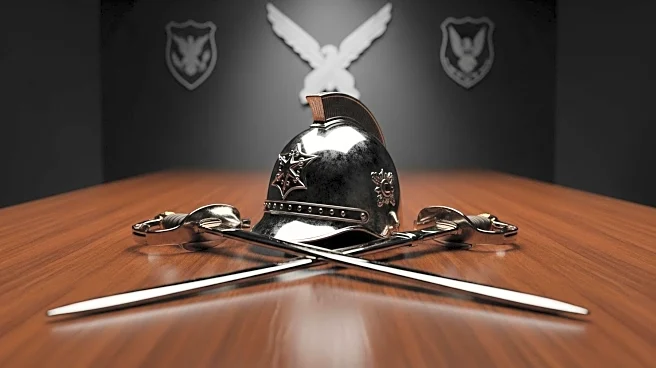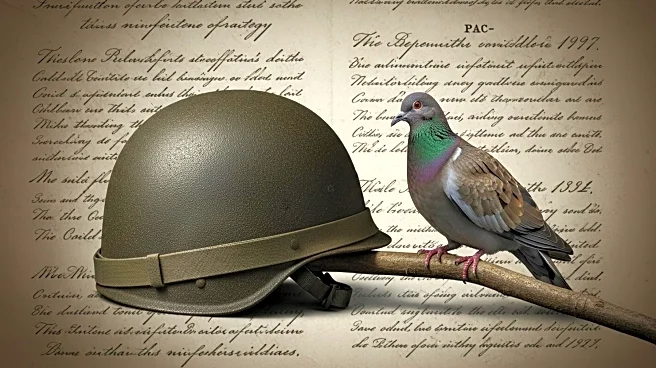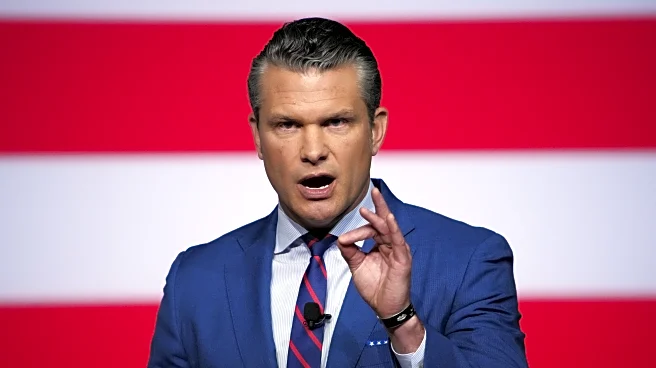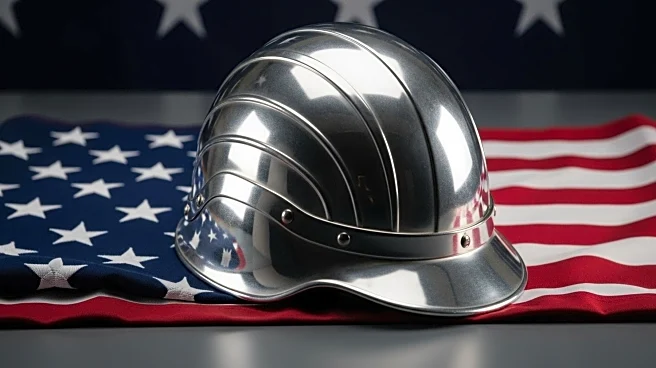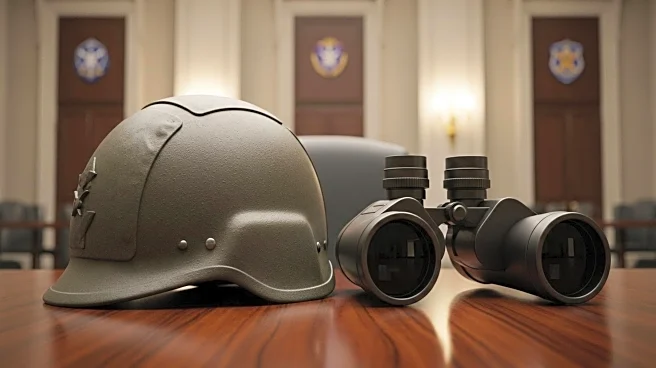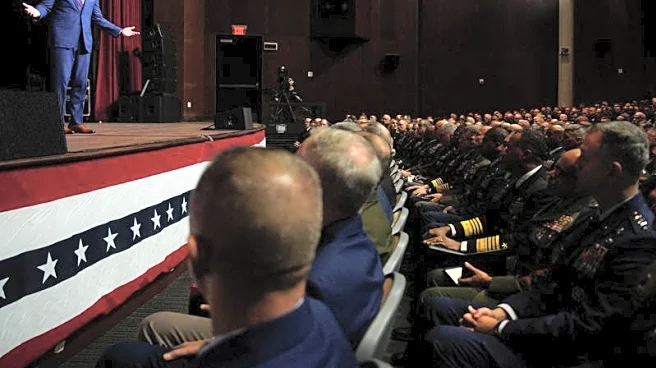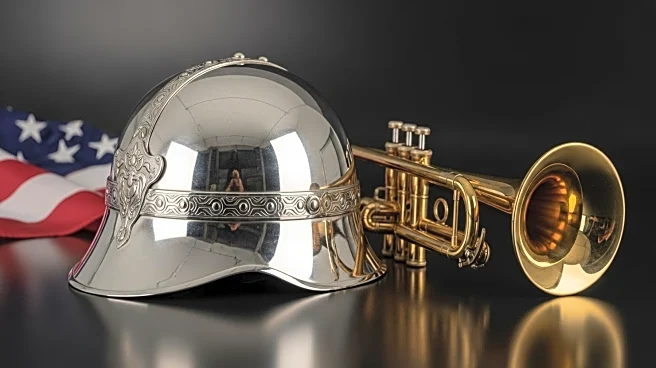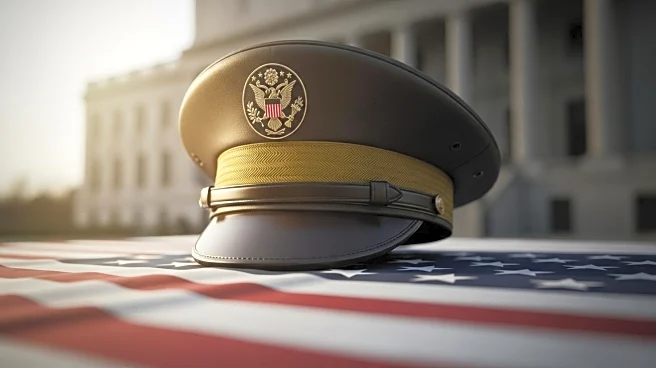What's Happening?
Female veterans are contesting Defense Secretary Pete Hegseth's assertion that military standards for combat roles were lowered to accommodate women. Hegseth announced plans to revert to 'the highest male standard,' suggesting that previous adjustments compromised military effectiveness. However, veterans like former US Marine fighter pilot Amy McGrath argue that standards have always been gender-neutral and high. Hegseth's directives, which he claims will restore military excellence, have sparked concern among female service members about potential cultural shifts that could undermine their roles and advancement opportunities.
Why It's Important?
The debate over military standards and gender equality is significant as it touches on broader issues of diversity and inclusion within the armed forces. Hegseth's stance could impact recruitment and retention of women in the military, potentially reversing progress made since the Combat Exclusion Policy was lifted in 2013. Critics argue that his approach may foster a culture that undervalues women's contributions, while supporters believe it prioritizes military readiness. The outcome of this policy shift could influence public perception of gender roles in the military and affect future policy decisions.
What's Next?
The Pentagon has yet to clarify the specifics of Hegseth's proposed changes, leaving uncertainty about their implementation. Female veterans and advocacy groups may continue to voice opposition, potentially influencing legislative or judicial responses. The military's leadership will need to navigate these tensions while maintaining operational effectiveness and morale. Observers will be watching for any changes in recruitment patterns or shifts in military culture as these policies unfold.

